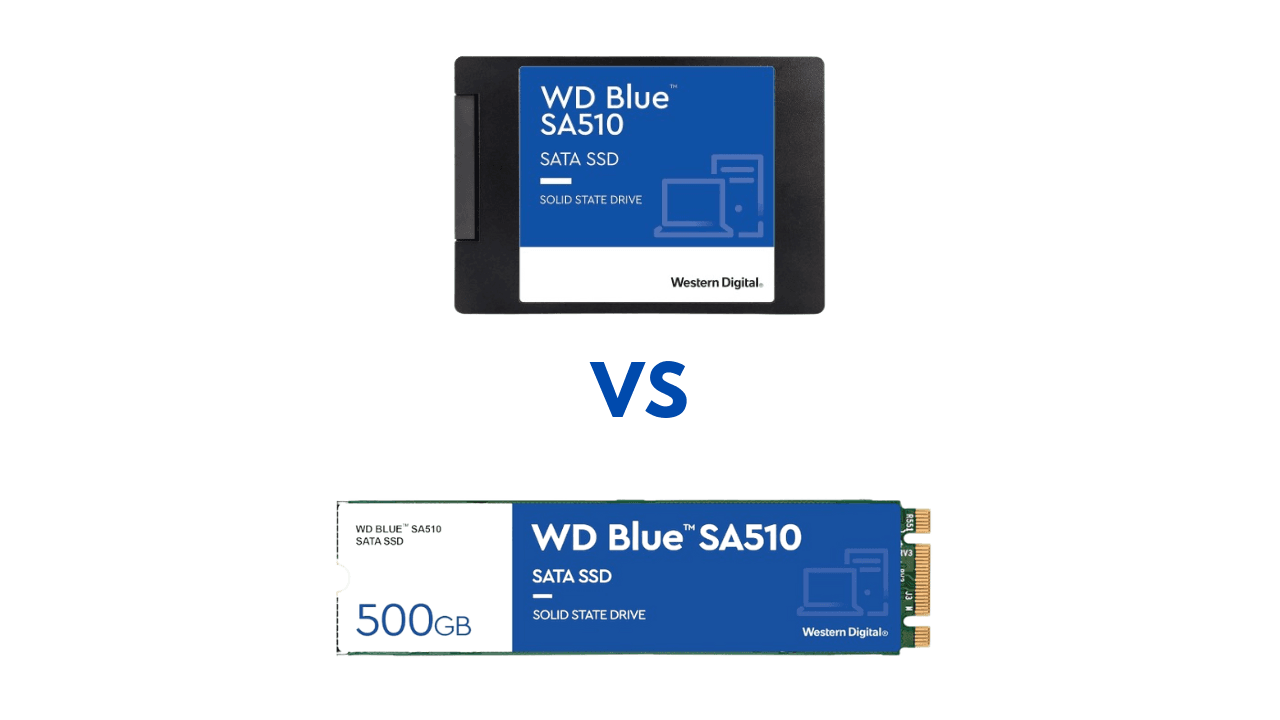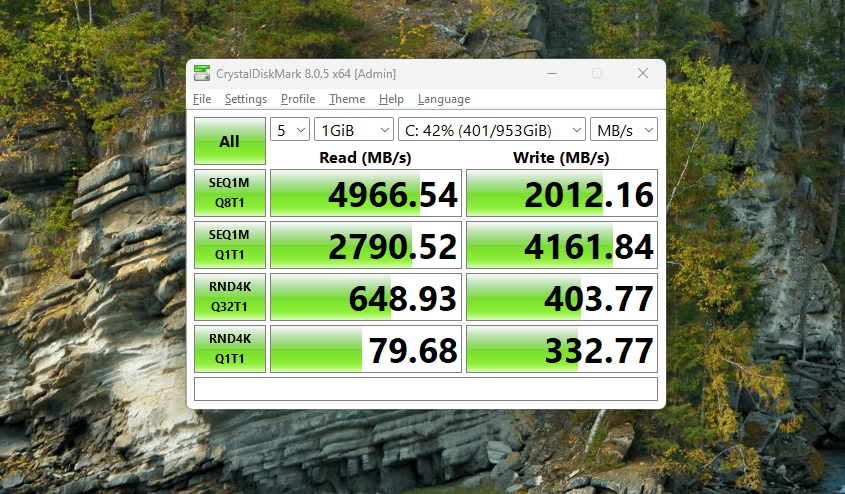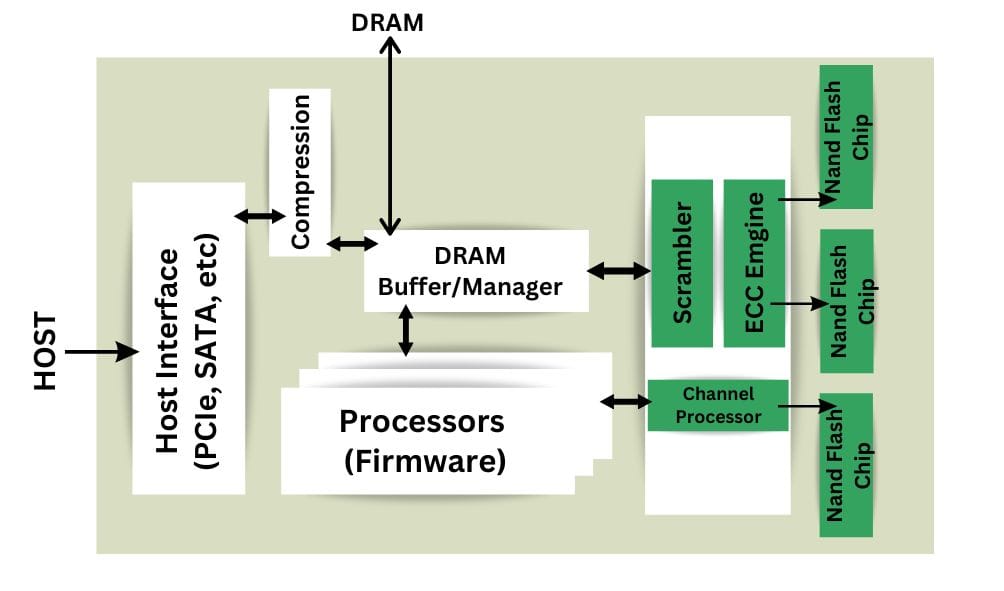How to use NVME SSD Externally?
Using NVMe externally is very easy. They can become a great alternative to expensive external storage devices. So, if you have an NVMe SSD lying around, you can use it as an external drive for your laptop, camera, desktop, smartphone, or tablet. Some people even buy new drives and cut the cost of buying the […]






